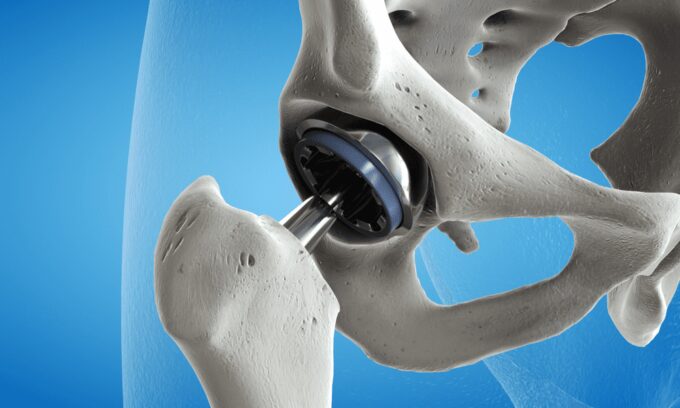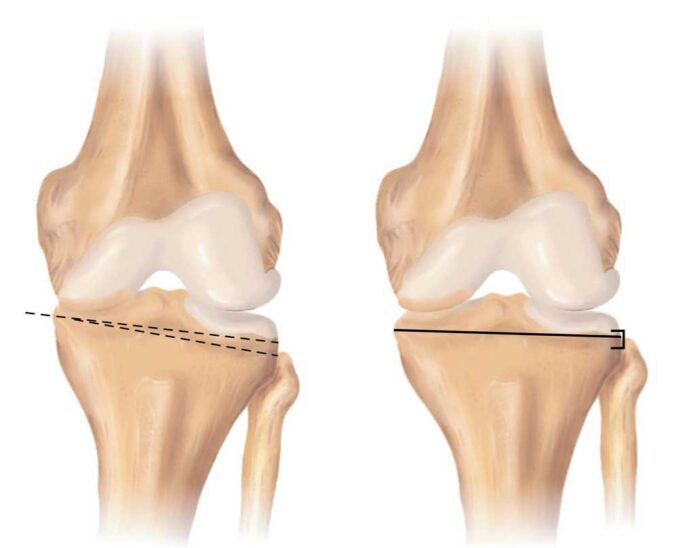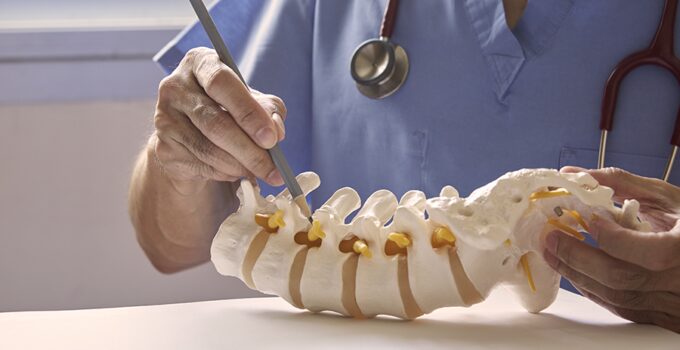If you have musculoskeletal conditions, a medical practitioner will recommend that you undergo orthopedic surgery if conservative treatments aren’t helping you manage the symptoms. Diseases or injuries to the bones, muscles, joints, tendons, and ligaments can be treated using orthopedic surgery. Most orthopedic surgeries are usually performed on the hip, spine, elbow, knee, ankle, wrist, and shoulder.
The surgery can be performed using an arthroscope or traditionally. Traditional open surgery is normally more invasive. On the other hand, an arthroscope ensures the surgery will be less invasive through miniature incisions and miniature tools.
Types of Orthopedic Surgeries
Common orthopedic surgeries include:
1. Revision Joint Surgery

Source: eliteorthopaedic.com
A prosthetic joint usually wears out with time, and revision surgery is required to replace the worn-out material on the prosthetic using new material. Revision surgery is also recommended when a patient’s body rejects the material or isn’t functioning properly.
In every instance, a surgeon can carry out joint revision surgery. The pre-existing implant will be replaced using a new one.
2. Spinal Fusion
If you have issues with your vertebrae, you may be advised to undergo spinal fusion. In spinal fusion, the small bones making up the spine will be fused together and heal from a single bone.
Spinal fusion results in the patient’s spine being more stable since the motion between the vertebrae won’t pose an issue anymore. Additionally, spinal fusion helps relieve symptoms of spinal issues such as a herniated disc, scoliosis, and degenerative disc disease.
3. Osteotomy

Source: rileywilliamsmd.com
This procedure is mainly performed on the knee. The surgical procedure entails slightly cutting sections of bone in a joint to reduce pressure on the joint. The procedure is advisable for people experiencing arthritis pain, especially when weight pushing on the joint usually creates pain issues and symptoms with moving joints. An osteotomy usually delays full joint replacement for some years.
4. Joint Replacement Therapy
This procedure entails replacing damaged joints using an artificial joint referred to as a prosthetic. The prosthetics are normally made using medical-grade metal, plastic, or ceramic. Joint replacement surgeries are partial or total, depending on the extent of the damage being repaired by the surgeon.
5. Bone Fracture Repair

Source: naturallydaily.com
The majority of broken bones usually heal naturally using a cast or immobilization. Nonetheless, more complex fractures require surgical assistance for the bones to heal accordingly.
The bone fracture repairs entail internal fixation, where the fractured bone fragments are repositioned using screws, pins, and/or plates. Sometimes, the artificial materials may remain in the body even after healing.
What are the Health Benefits of Orthopedic Surgery?

Source: usnews.com
The health benefits include:
1. Elimination or Reduction of Pain
The main health benefit of orthopedic surgery is that it relieves the debilitating pain you experience when suffering from orthopedic conditions. A health condition or an injury may bring about pain. The injuries can involve sudden ligament tears and fractures; the health conditions include rheumatoid arthritis and osteoarthritis. When you suffer from any of these issues, it is important to visit an orthopedic, and they will assess the severity of your condition as they determine the best measures to eliminate the pain and restore the functionality of the joints that are affected to ensure you can resume your normal way of life.
2. Reduced Inflammation and Swelling
Joints normally become stiff and swollen because of injuries that have been caused by high activity levels or when you’re overweight. Such conditions usually lead to rupturing in the ligaments.
The sack containing fluids that lubricate the joints between bones, tendons, and muscles is known as a bursa. When this sack swells, the condition is referred to as Bursitis, and it mostly occurs in the knees, shoulders, elbows, hips, and feet. During surgery, the excess fluid present on the bursa will be removed. If the bursa is damaged severely, it will be removed, reducing swelling and inflammation and providing pain relief.
3. Rehabilitation of Normal Functionality
With orthopedic disorders and injuries, loss of function and mobility is normal. However, it leads to severe discomfort and pain, which can negatively influence your ability to perform physical activities and impact your quality of life. Fortunately, surgery will help you achieve the normal function of your joints. Surgery is highly recommended when traditional treatment methods fail, and the artificial joint will be replaced, and you can live a healthy and improved life. Considering sacroiliac joint fusion treatment can be beneficial for individuals experiencing chronic sacroiliac joint dysfunction, as it aims to stabilize the joint, alleviate pain, and restore function, offering a potential solution for those seeking long-term relief from debilitating symptoms.
4. Better Treatment Response
Orthopedic surgery is a suitable option if you’re experiencing swelling, pain, and inflammation and different types of medication and treatment, including physiotherapy and injections, aren’t helping. Long-term consumption of medication can bring about health complications later on, and you may suffer from addiction and physical dependence. Orthopedic surgeries usually help to reduce the issue of dependence on medication, and the results are better.
Risks

Source: bone-joint.com
The risks associated with orthopedic surgery include the following:
1. Anesthetic Effects
This complication usually occurs when a patient has allergies or sensitivity to different substances present in the anesthetic. General anesthesia is normally riskier compared to local anesthesia.
The effects can be mild, temporary, or serious. The effects can include chills, nausea, impaired cognitive function, and difficulty breathing.
2. Infection
Infection is among the surgical complications that usually raise concerns. Often, infections can be easily treated. However, there are instances when a patient needs additional surgical procedures to treat the infection and long-term treatment.
3. Blood Clot
Blood clots usually form in the veins when you undergo orthopedic surgery. To prevent blood clots, the surgeon usually applies mobilization and compression, and they use blood thinners too.
Some of the non-surgical treatments that can be used to treat orthopedic conditions include:
4. Medication
When you sustain an orthopedic injury, the doctor will prescribe medication such as anti-inflammatories and muscle relaxants. Before the doctor prescribes medication to deal with the pain, they will recommend OTC (over-the-counter) medication to relieve pain. When the medication fails to work, they will recommend stronger medication.
5. Orthotics
For ankle and foot injuries, the doctor usually examines the foot of the patient to ensure they’re getting adequate support as they walk. Orthotics usually include splints, customized insoles, and braces for specific injuries and feet. The footwear tools usually offer relief from orthopedic pain in the lower extremities.
6. Physical Therapy
Each treatment plan for orthopedic conditions usually includes physical therapy. Therapy includes different motion and strengthening exercises. Depending on your needs, manipulation can also be recommended by the physical therapist to accelerate injury healing and relieve pain. Physical therapy usually offers long-term relief for different types of pain symptoms caused by orthopedic conditions.
Conclusion
If you’re suffering from any orthopedic condition, consult an orthopedic doctor to get evaluated properly, a good one to look at would be Integrated Orthopedics. The cause of the orthopedic condition helps determine whether or not you should undergo surgery. If you have a fracture, it is advisable to undergo orthopedic surgery.







